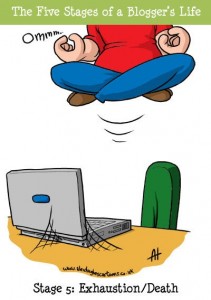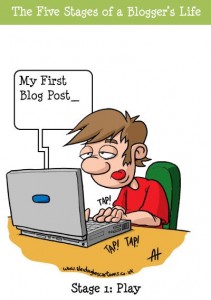Although I’ve been contemplating how to design for my students for a long time, well forever really, today our group was able to digest “the who” together. The culture of transmission, of teacher as having “it” and then filling the empty student receptacles with “it,” is incredibly pervasive. As my group and I discussed, we often find that teenagers are very familiar and comfortable with this culture of transmission. We have found that seniors in particular can be quite resistant to change, to new learning experiences that put them in the driver’s seat. They are often unfamiliar with this role, and would prefer the path of least resistance at times, especially when their lives are filled with work and social responsibilities, and the ever-present 90% admissions number looms over their heads. I find that this disposition is subtle but incredibly devastating, as it can shut students down from the active learning process. Nonetheless, higher learning always reminds us educators what is possible, when we’re removed from our own school’s institutional isomorphism.
I believe that teenagers, even at the most senior levels, are just like the primary students who genuinely want to learn, discover and be engaged. I think that as they work through the system there is an individuality, an imagination, and sometimes a passion that becomes more subdued. That does not mean that it is gone, just perhaps more dormant than when we received them into the education system. Therefore, I’m designing my class-site with these needs in mind. I believe that students flourish through connectivity, and that they have a drive for connectivity that can and should be filled through learning. At present I am working on employing various modes of connectivity into the design of my class sites. These include the use of Twitter, a forum for open feedback and sharing of ideas and interests, as well as the use of student blogs, websites and systematic peer review and student showcase. Furthermore, with the students’ various needs in mind, I would like to design elements for self-exploration. Currently, these will include such components as brain mapping tests, creativity portals and online communities, as well as plan out a “Genius Hour” for students to explore their passions, in hopes it will help their learning needs and their planning for the future.
Although the design I’m working on now is meant to offer connectivity, engagement and students at the centre of their own learning, I know that it is a process, one in which this is merely a class site. It is what we do with the students in the classroom, beyond the classroom, that will truly address their needs. This class site is only one piece of that process.



